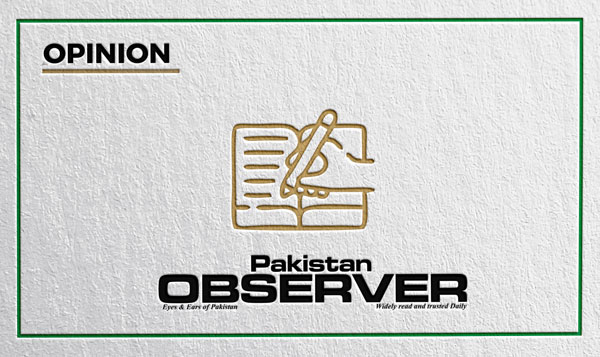Articles and letters may be edited for the purposes of clarity and space.
Impact of graphic content
In the distinct reality in the postmodern world where every individual is virtually connected and living in a virtual world, the scares in the form of material that feature graphic content may be a way of reminding people of something and thus spark debates. For Palestinians, however, this vivid materiality is an urgent reminder of the struggle and the adversity Palestinians live in every day. They constantly feed us with painful graphic content of innocent Palestinian families, particularly women and children, being assaulted mercilessly by the Israeli defence forces.
The urgency of the situation is underscored by the fact that graphic depictions of this conflict profoundly impact two groups’ Actions performed in relation to supporting people in need and those who have compassion for them. Obviously, to Palestinians, the circulation of such images is the same as the constant enacting of the terror to which people are exposed every day, which retracing, strengthening and amplifying appeals puts Palestinians in a hopeless situation.
When it comes to empathizers, such stimuli make a deep impression, generating feelings of anger, sadness and hopelessness. Seeing combat and injustice makes people unite, but the trauma of the event becomes too much to handle. The repercussions are diverse. Stress emerges from consistent exposure to unpleasant visual content, resulting in the victims being emotionally drained.
Nonetheless, graphics provoke people around the globe, initiating organizations and people to act and demand changes, which is a call to the global audience to recognize their power in advocating for change.
ADEEBA AFZAL
Lahore
Lawlessness
in Sindh
Our village, Qiyas Khan Bhayo in Tehsil Kandhkot, District Kashmore, lay in the heart of a lawless stretch, where the roads were not just dust and stones, but the memories of fear and the shadows. It has been only a footnote in the grand saga of lawlessness that has come to define this forgotten part of the world. Dacoits, robbers, thieves—men with names that echoed in the dusk, names that brought the night with them.
Yesterday, members of Noor Hasan Belai gang came with their guns and their cold eyes. They shot and killed two young boys, lives taken too soon, dreams snatched away in moments of brutality. We watched, helpless and grieving, as their families mourned. They were more than boys; they were our future, our hope, our fragile link to a world that could be better. And now they are gone. But above all, we were reminded, once again, of how vulnerable we truly are, of how easily we could be next.
The police, that should be our protectors, stand like spectators on the sidelines. They see, they hear, but they do not act. They have become like statues—present, but silent, indifferent. They watch from a distance. They are spectators in a game whose rules they have long forgotten. Their inaction is more than just negligence; it has become a betrayal, a betrayal that cuts deep. Perhaps they, too, are afraid. The Rangers came once, in a flash of uniforms with their guns and their orders, with the promise of justice.
BABAR ALI BHAYO
Kashmore
Mental health
The awareness and provision of mental health services are still in their infancy in Pakistan, especially in the underdeveloped province of Balochistan. Recognizing the specific socio-economic challenges and the rising incidence of mental health conditions affecting this region, the School Mental Health Programme of the Humanology Foundation strives to ensure that mental health matters are taken seriously. The instructors of the program not only reach out to the students but also to their parents and community at large. The main objective is to prepare school staff to assist students who are in dire need of help.
Early provision of mental health services in schools allows for the prompt detection of issues and sends a powerful societal message. When considering a conversation that might occur between teachers and students about mental health, it’s easy to envision a focus on acceptance.
This aspect is absolutely vital. Building understanding of mental health is essential if we hope to achieve anything close to the stigma-free world we ought to be living in. Yes, we should expect these conversations to happen in schools because, in Balochistan, we want a future generation that is healthier, both in mind and body, than the present one.
ABDUL MAJEED
Gwadar










